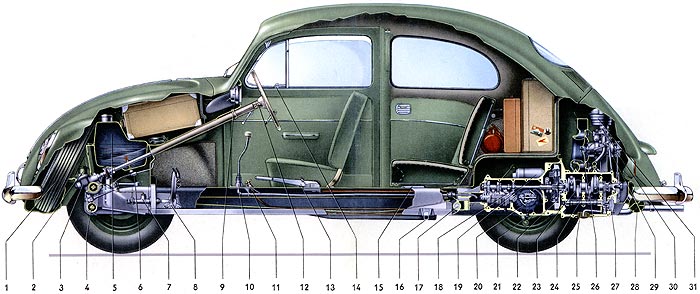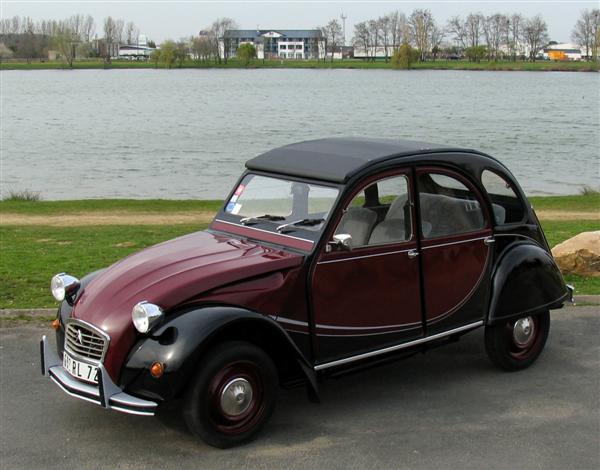
Hybrid electric vehicles are the rage today, Nearly every automaker is working on the concept as part of their product development portfolio. This has been driven much by the push for more environmentally friendly vehicles. The Toyota Prius has become the poster child of this movement due to its trailblazing success. Even upcoming Chinese automakers have jumped on the bandwagon.
the biggest reason for hybrids recent popularity is that they solve the short range problem of Full EVs and increase the operating efficiency of internal combustion (IC) engines. Batteries have been the bane of EVs due to a combination of heavy weight, low capacity, and most especially high price. But in Hybrids, the battery requirement is lower avoiding most of the shortcomings.
Hybrids are still more expensive than their IC engine counterparts because of greater degree of complexity. So why should Nigeria bother about them when most peole cannot afford them?
This is where it gets interesting. Nigeria is a land of generators due to its lack of stable Power supply. a unique microcosm has developed. So you ask what do generators have to do with hybrids? Before I answer that first there are two kinds of hybrid electric vehicles, Series and Parallel. A parallel hybrid used both electric motor and IC engine to power the wheels. Power can be switched between the two or they can work together. This is the type of hybrid most automakers are developing and currently offering. such as the Prius.
A series hybrid on the other hand, used only the electric motor to drive the wheels. The IC engine is used in generating electricity for the electric motor. This is the type of system used by the upcoming Chevrolet Volt and Fisker Karma, some city transit buses and all diesel electric trains.
parallel hybrids have been favored for cars because they offer greater efficiency for varying driving conditions. Series hybrids have been favored for hybrid buses because of simplicity and their nearly 100% operation in stop and go traffic. A place where series hybrids excels in efficiency due to regenerative braking.
Now back to the question. You see those generators can provide on-board electricity to charge a small set of batteries( Lead Acid preferably for their robustness and low cost) Which in turn drive the electric motor. No gearbox necessary. A few things make this a perfect situation. Close to 90% of Nigerian driving is in stop and go traffic ( city traffic) maximizing the series hybrid system efficiency. and there is a flood of generators to supply this demand.
The icing on the cake is the ability for the generator in the car to provide electricity for your home when parked. while a hear exchanger attached to the exhaust can provide all the hot water needs.
This is a situation where the lack of steady electricity supply would be a blessing in disguise, many of these parked series hybrids could be used to form a mini power grid.where people with the cars can sell electricity to other homes generating revenue that can pay back the cost of the vehicle. this alone provides the economic incentive to purchase such a vehicle. The vehicle now becomes a multipurpose utility device serving both as transportation and power generation. This convergence of utilities could do for hybrids what the smartphone did for the PDA.Combining a phone and a PDA has finally allowed the early questionable utility of the humble PDA to survive.
This is Plug-in Hybrid Nigerian style. While majority of the developed world see Plug-in hybrids being supported by the electricity infrastructure, Nigeria does not have such, so these hybrids would become our version of democratized electricity infrastructure.
One major advantage is that since cars require a catalytic converter to operated, the usual pollution of the dirty generators that serve most Nigerians can be reduced. also the increased efficiency of hybridization would reduce the vehicle pollution. That way we can have our mobility and much needed electricity with reduce pollution on both fronts not to mention put Nigeria on the automotive production map.






